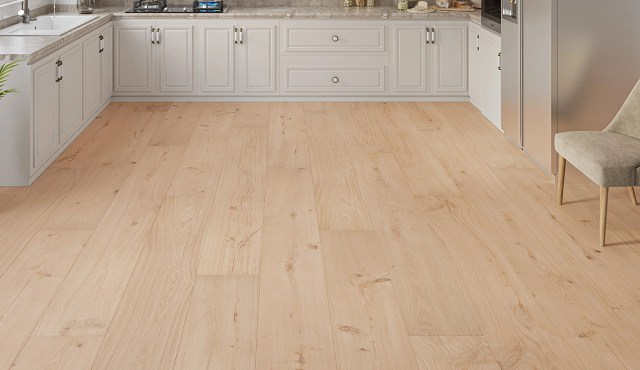“All wood flooring is not the same and not all wood flooring is as good as the other.”
Advanced hardwood flooring is the best example of how improvement has taken the tradition of real wood and made it even better.
A combination of the best natural wood and an advanced manufacturing process makes it a popular choice for both residential and commercial use. But what’s inside that beautiful wrapper? Now, let’s unpack it, layer by layer.
The Anatomy of Engineered Wood Flooring
This type of flooring is made with great precision in order toobtain the look and feel of natural wood and, at the same time, have the stability and durability of engineered construction. It is a layered construction, and all the layers have their functions to contribute to the overall performance of the system. Here’s what goes into it:
1. The Top Layer: Real Hardwood Veneer
At its surface, engineered wood features a thin layer of genuine hardwood. This is where it gets its luxurious appearance and texture. This veneer is created from wood species such as oak, walnut, or maple. In high-quality products, the veneer can be as thin as 2mm and as thick as 6mm; this allows the veneer to be sanded and refinished multiple times.
The density of the veneer also matters. A thicker top layer not only helps to increase the longevity of the floor but also improves the ability of the engineered wood flooring to emulate the look and feel of solid hardwoods. This is what makes engineered wood flooring such a versatile and premium choice.
2. The Core Layers: Stability in Every Plank
Just beneath the hardwood veneer lies the core, which is why engineered wood is more stable than traditional solid wood. These layers include plywood, high-density fibreboard (HDF), or a combination of both hardwood and softwoods.
These core layers counteract the natural inclination of wood to expand and contract, giving engineered wood its edge over solid hardwood, particularly in moisture-sensitive areas.
3. The Base Layer: The Foundation
The base layer, usually made of plywood or another stabilising material, enhances the structure’s stability. This layer ensures that the plank is well-laid, strong, and able to handle heavy furniture or foot traffic.

Why Choose Engineered Wood Over Solid Wood?
Using engineered wood flooring is a smart choice, and it isn’t simply an economical option compared to solid wood flooring. Here’s why:
Things to Consider When Choosing Engineered Wood Flooring
When selecting engineered wood flooring, it’s important to pay attention to a few key details:

Applications: Where Does Engineered Wood Shine?
Engineered wood flooring is versatile and works in a variety of settings:
Final Thoughts
Engineered wood flooring is an amazing product created with the help of modern technology. It includes a layer of real hardwood on the surface, supported by several other layers, making it both elegant and practical. Whether you are remodelling one room or redesigning an entire house, engineered wood is a great choice that will look good, perform well, and last for many years.
When you understand what it’s made of, you’re in a better position to choose a product that’s not just a surface but a feature that will beautify your home for years to come.








